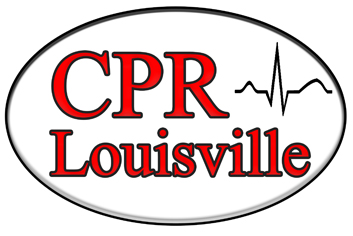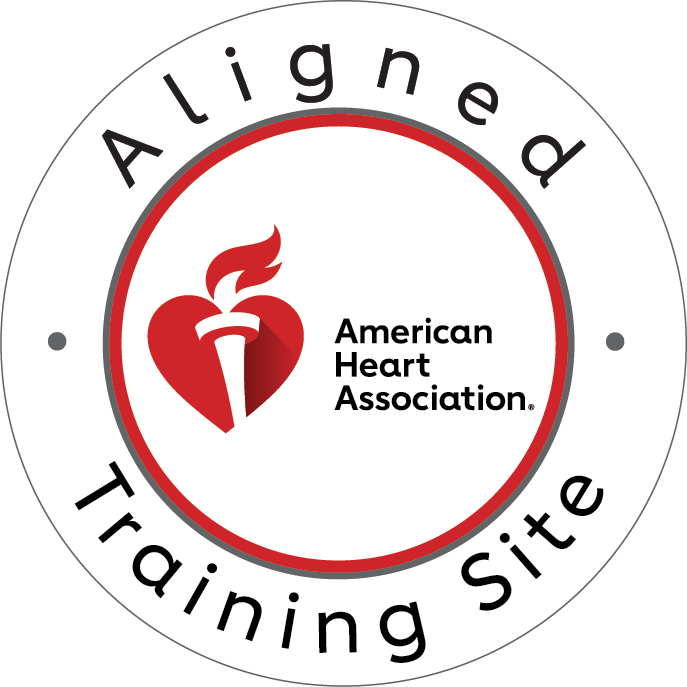My mother has been a nurse for about 36 years, and when I was little she worked at the Rehabilitation Institute of St. Louis, a facility associated with Washington University, and she primarily worked in the stroke and brain injury unit. The common term “stroke” actually is a common term that technically is referred to as a cerebral vascular accident, or “C.V.A.” Hearing her stories of the advances being made in the treatment of brain injury made me interested in the information behind strokes and what causes them. One particular type of C.V.A. that caught my attention was an ischemic stroke. There are multiple causes, types, and symptoms that come with this type of stroke.
To start, the definition for ischemic stroke is that there has been an interruption of the blood supply to a portion of the brain, either due to a blood clot (thrombus or emboli) or hemorrhage; this interruption of blood flow leads to symptoms that will correlate to the area of the brain affected. When these strokes occur, depending on where it happened in the body, there are a wide variety of symptoms that may be experienced. Some of the more common symptoms reported include losing the ability to speak clearly or form sentences, the inability to move certain areas of the body, numbness of individual or multiple body parts, and visual disturbances. Although certain cases are more severe than others, treating strokes sooner are beneficial than later. Getting help as soon as any numbness or symptoms happen the faster it can be treated and to also prevent any future strokes.
There are multiple causes for ischemic strokes, the most common being emboli from blood clots that have formed due to atrial fibrillation. Atrial fibrillation essentially is an irregular heartbeat involving the top two chambers of the heart; blood clots develop in the atria because of the inadequate emptying of the chambers due to the arrhythmia, and the clot eventually exits the atrium to the left ventricle and then onto the major vessels that supply the body and brain. Besides forming in the heart, blood clots can also form in different parts of the body, like the legs, and upon traveling to the brain may lodge and cause a C.V.A.
There are three different types of ischemic strokes, thrombotic strokes, embolic strokes, and systemic strokes. Thrombotic strokes occur by a blood clot in an artery moving towards the brain, blocking any type of blood flow to a part of the brain, which results in the brain cells eventually to stop working and die. Embolic strokes occur by a forming clot that develops usually in the heart or neck arteries, and then it moves through the bloodstream before lodging into the brain. Lastly, systemic strokes occur when the heart’s pumping action does not effective enough in supplying the needs of the brain.
Furthermore, there are different ways to treat ischemic strokes. First, it depends on where the clot happened, what caused it, and most importantly, how prompt the treatment was after the stroke occurred. Usually, when treated early on, the patient will receive a clot-dissolving drug called tissue plasminogen activator (tPA), which the outcome after is a higher survival rate. Of course, treatments sometimes do not work. It depends on the case and the person, how serious the blood clots are, and how long the clots have been there.
In conclusion, I think that it is important that community health education emphasize awareness of stroke symptoms and the importance of prompt medical care upon the development of these symptoms. Ischemic stroke is common and prevention is always the best approach, however, symptom awareness and prompt intervention are the best help for minimizing brain damage and improving rehabilitation outcomes.
REFERENCES
http://www.strokeassociation.org/STROKEORG/AboutStroke/TypesofStroke/IschemicClots/Ischemic-Strokes-Clots_UCM_310939_Article.jsp
http://www.strokecenter.org/patients/about-stroke/ischemic-stroke/
http://www.strokeassociation.org/idc/groups/stroke-public/@wcm/@hcm/documents/downloadable/ucm_309725.pdf
http://www.drugs.com/health-guide/thrombotic-stroke.html
http://www.stroke.org/site/PageServer?pagename=type
http://www.stopafib.org/stroke.cfm
http://emedicine.medscape.com/article/1916852-overview
http://www.webmd.com/stroke/guide/stroke-cause





